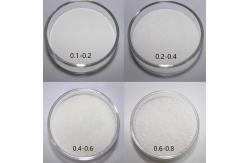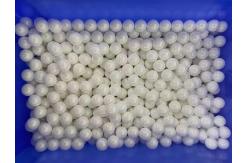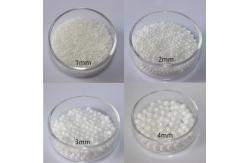Tungsten Ceramic Zirconia Ball Mill Balls Media For Metal Powder Processing
|
|
Product Description
●Chemical Composition:
●Physical Properties:
40times under microscope for 0.3mm YSZ ball
● Inner structure: ● Size distribution:
●Features: It has high density and hardness, making it suitable for high-quality products, such as ceramic inking, automobile, paints and coating. It is suitable for high-efficiency horizontal mills and basket mills. Low contamination of the milling product. It is suitable for industries requiring nano-sized particles.
●Pakage: 25KG/Plastic Drum, 800-1000KG/Pallet with shrink wrapped ●Storage:The grinding media should be stored in a dry and clean place. Factory equipment
Exhibition & Partner
Case
Ship to philipine
Ship to Germany
FAQ
|
|||||||||||||||||||||||||||||||||||||||||||||||||||||||||||||||||||||||||||||||||||||||||||||||||||||||||||||||||||||||||||||||||||||||||||||||||||||||||||||||||||||||||||||||||||||||||||||||||||||||||||||||||||||||||||||||||||||||||||||||||||||||||||||||||||||||||||||||||||||||||||||||||||||||||||||||||||||||||||||||||||||||||||||||||||||||||||||||||||||||||||||||||||||||||||||||||||||||||||||||||||||||||||||
| Product Tags: Tungsten ball mill balls Metal Powder ball mill balls Tungsten ceramic milling media | |||||||||||||||||||||||||||||||||||||||||||||||||||||||||||||||||||||||||||||||||||||||||||||||||||||||||||||||||||||||||||||||||||||||||||||||||||||||||||||||||||||||||||||||||||||||||||||||||||||||||||||||||||||||||||||||||||||||||||||||||||||||||||||||||||||||||||||||||||||||||||||||||||||||||||||||||||||||||||||||||||||||||||||||||||||||||||||||||||||||||||||||||||||||||||||||||||||||||||||||||||||||||||||
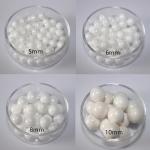
|
Lab Grade Zirconia Grinding Media Ball Beads Contamination free For Battery Material Research |
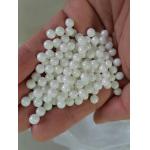
|
OEM Jet Mill Alumina Grinding Balls Zirconia Media Beads High Energy |
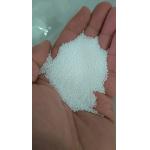
|
Nano ZrO2 Zirconia Grinding Balls Ceramic Ball Mill Media Ultra Fine Particle Dispersion |
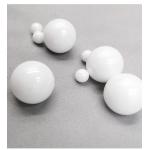
|
ODM Heavy Duty Zirconia Alumina Milling Balls Beads Shock Absorbing |
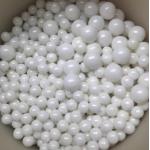
|
Ultra Smooth Zirconia Grinding Balls Beads Media Minimized Friction In Bulk |
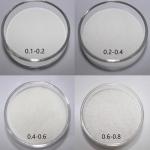
|
Tungsten Ceramic Zirconia Ball Mill Balls Media For Metal Powder Processing |

